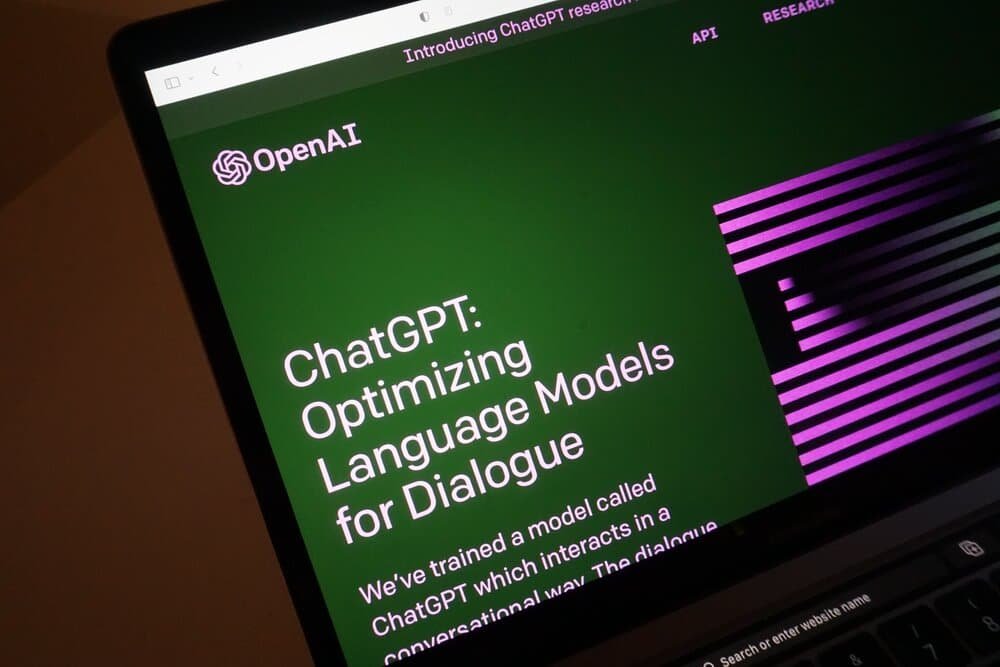A Student’s Guide to Writing with ChatGPT - OpenAI
OpenAI's "A Student’s Guide to Writing with ChatGPT" outlines strategies for students to enhance their writing skills using ChatGPT. Key recommendations include:
Automate citation formatting: Utilize ChatGPT to handle citation tasks, ensuring accuracy by cross-referencing with original sources.
Gain foundational knowledge: Use ChatGPT to quickly understand new topics.
Identify relevant sources: Seek guidance on scholars and materials, but verify information independently.
Clarify complex concepts: Ask specific questions to fill knowledge gaps.
Enhance structural flow: Obtain feedback on outlines and idea progression.
Assess logical coherence: Employ reverse outlining to evaluate essay structure.
Refine ideas through dialogue: Engage in Socratic questioning to deepen understanding.
Strengthen arguments: Request counterarguments to test thesis robustness.
The guide emphasizes ethical use, advising students to cite ChatGPT interactions and avoid overreliance to maintain academic integrity.
Tom’s Take: While helpful, OpenAI's guide focuses on the individual student's use of ChatGPT and bypasses discussion of the broader pedagogical implications of AI in writing instruction.
The guide commendably promotes transparency, aligning with the emphasis on responsible AI use in education. However, simply listing sources may not sufficiently address concerns about plagiarism. Teachers might consider requiring students to submit a statement explaining their use of AI alongside their work, depending on instructional goals.
While the guide encourages using ChatGPT for draft feedback, it’s crucial that this feedback fosters dialogue about the writing process. Merely adopting AI suggestions without critical analysis undermines the development of essential critical thinking skills.
What’s absent is a focus on teaching core writing and critical thinking skills that AI cannot replace. Effective strategies include encouraging initial brainstorming without AI, deeper engagement with source material, and reflective writing practices.
In other words, balancing thoughtful AI integration with a continued emphasis on foundational skills will empower students to become effective, ethical writers in the AI era.


